“Each style has its own unique allure…”
In the world of motorcycles, each style has its own unique allure, catering to a diverse range of riders. Whether you’re a beginner seeking an adventurous start with enduros or a seasoned rider collecting an array of motorcycles for every occasion, there’s a perfect ride for everyone. Today, we’ll delve into various types, uncovering their purposes and suitability for different riders.
Street Styles
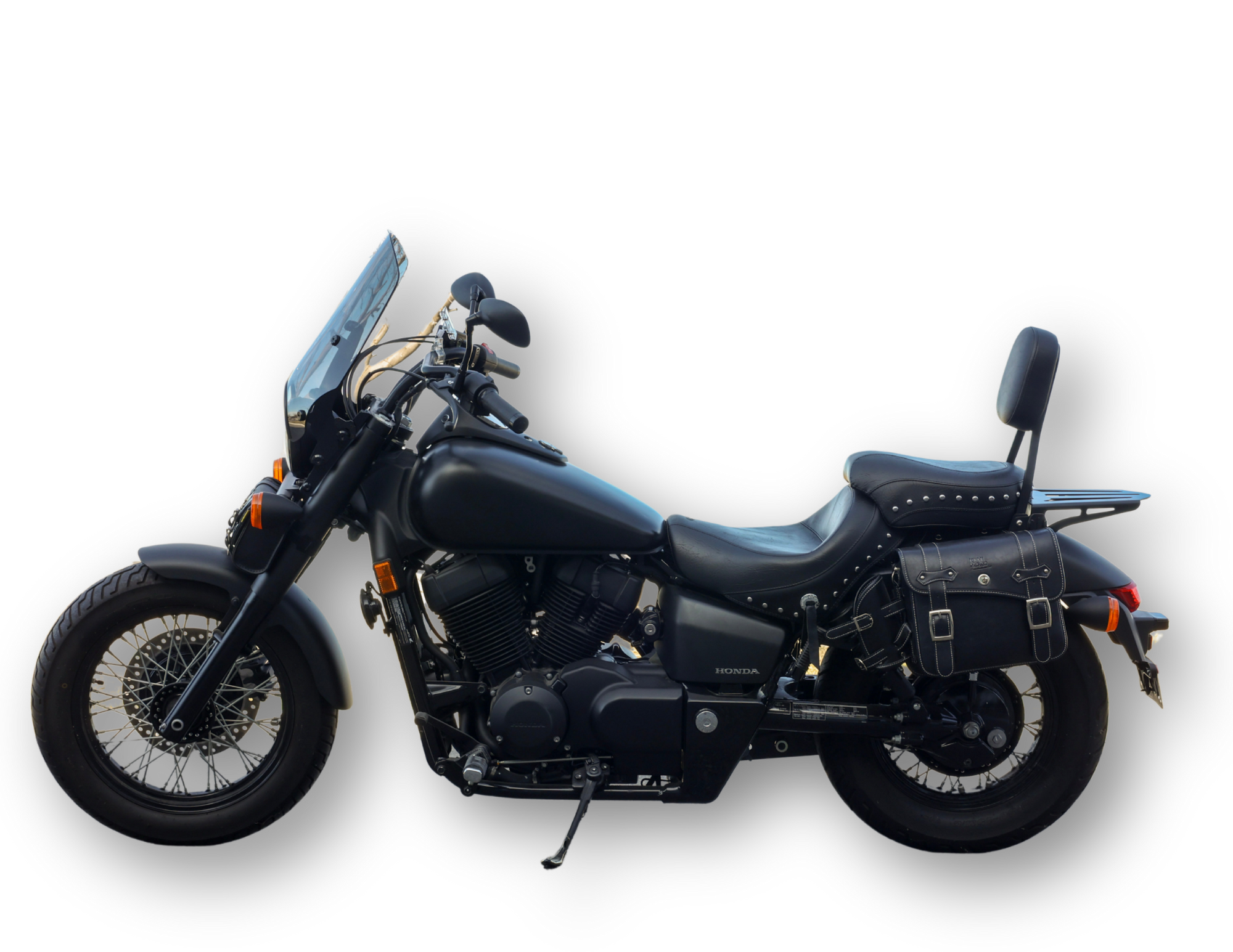
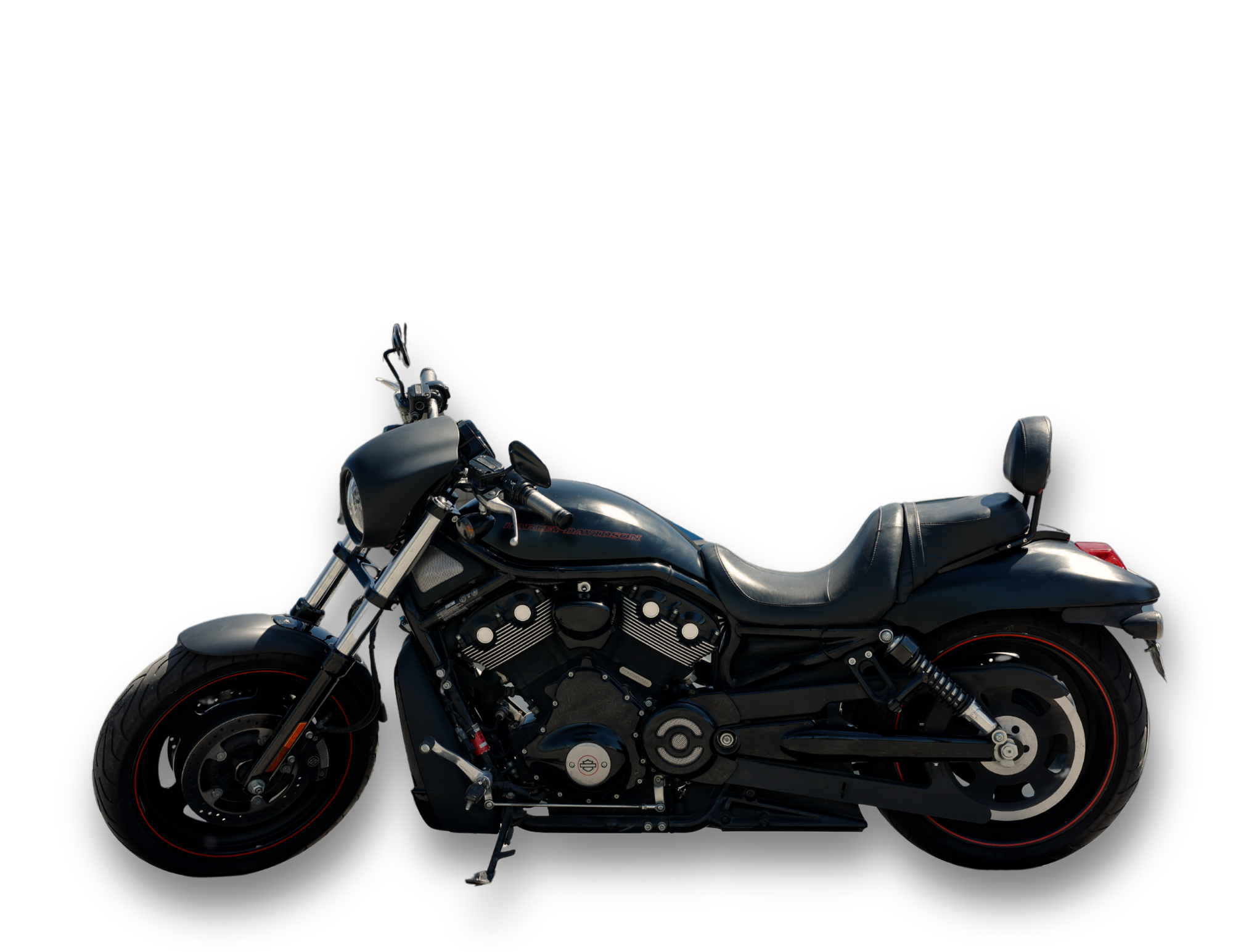
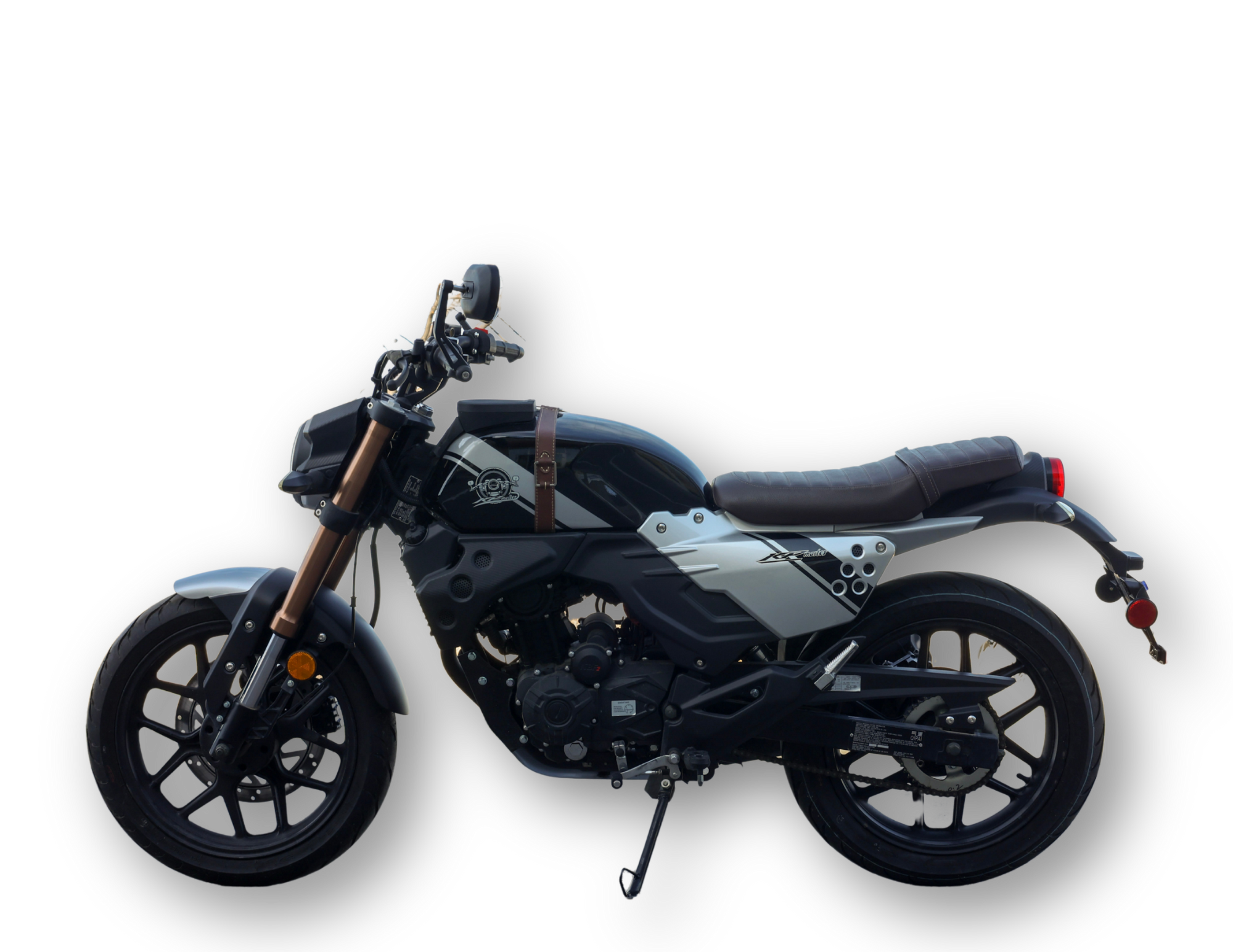
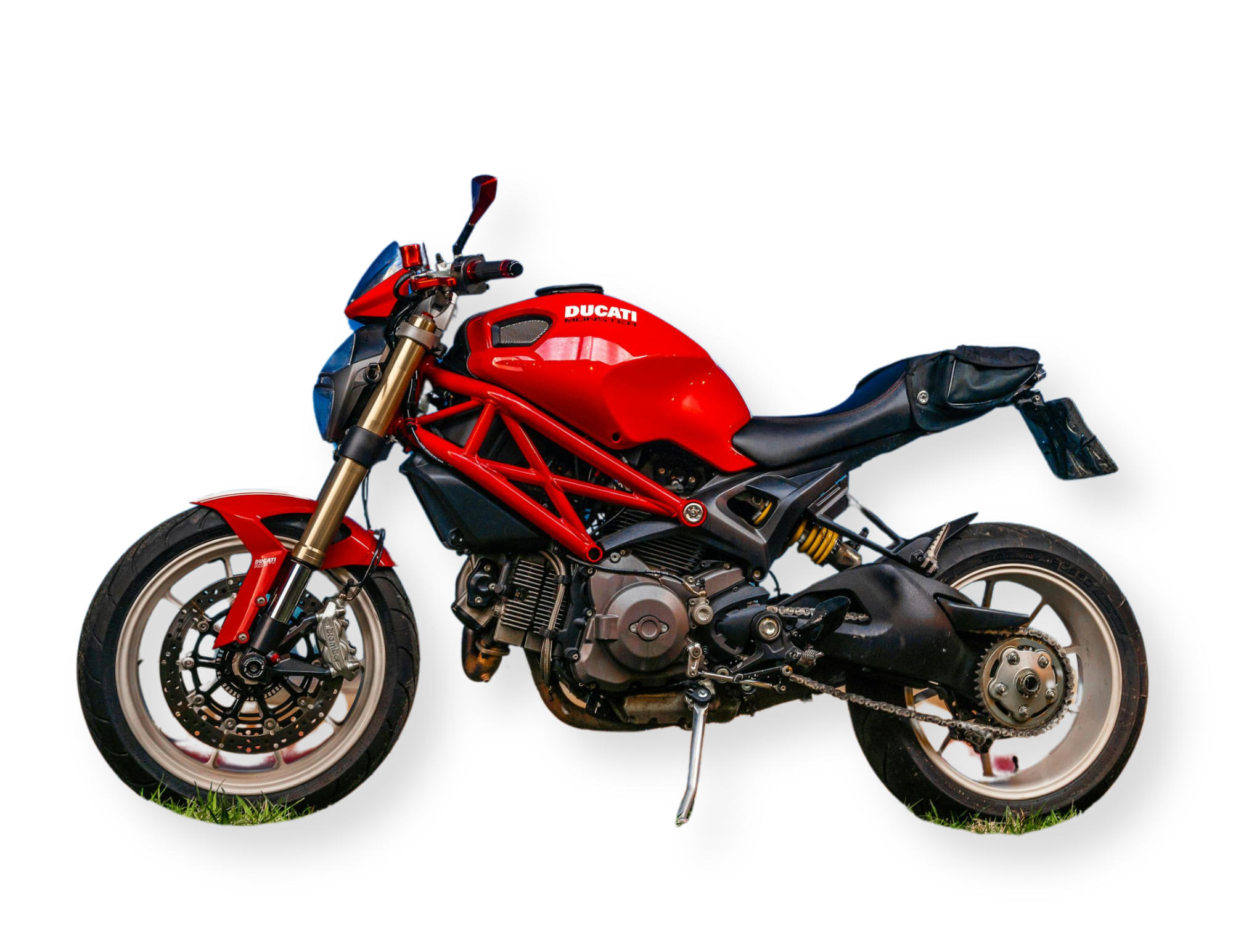
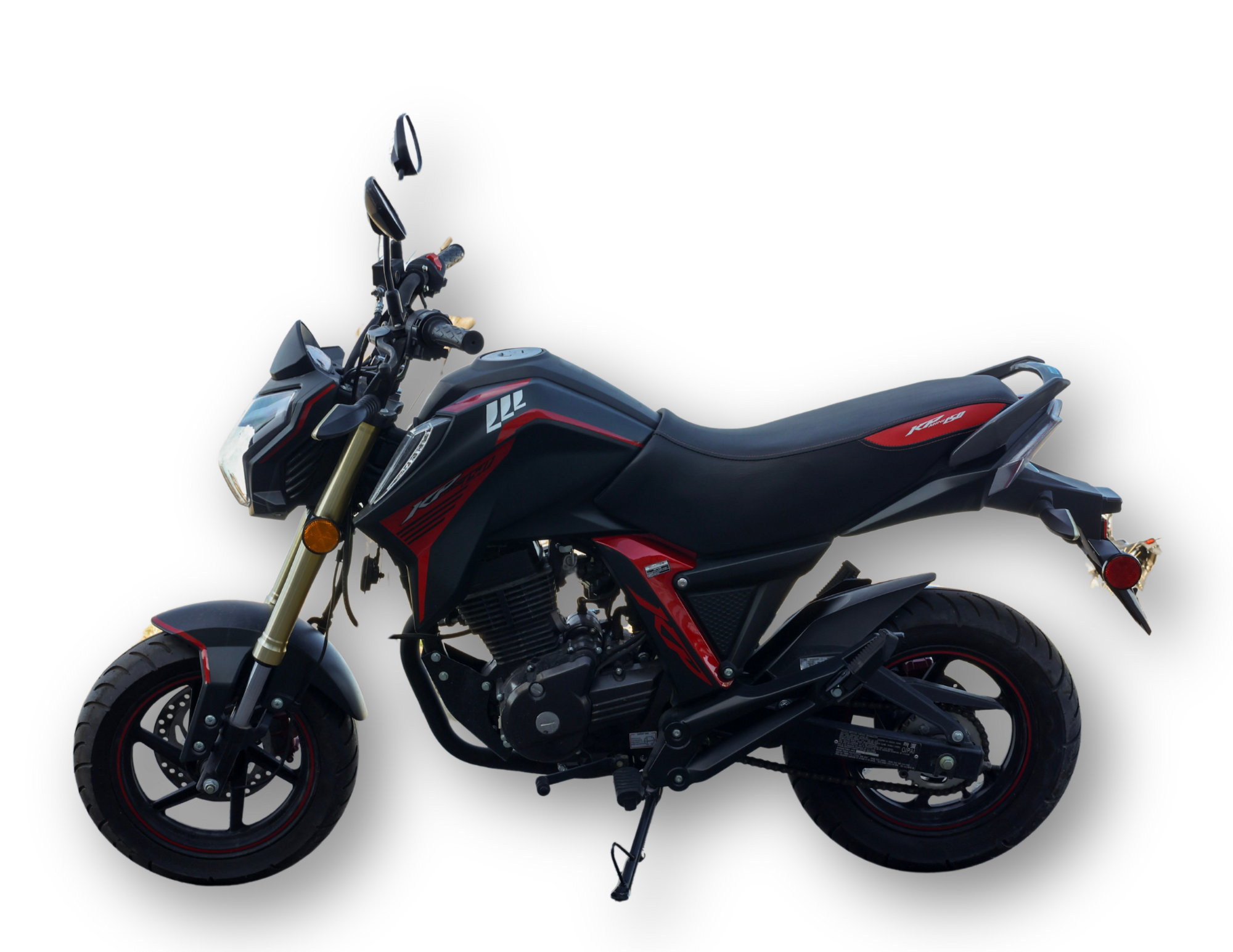
Standard Cruiser:
Cruisers are known for their laid-back, comfortable riding position and classic styling. They are built for comfort rather than speed and are therefore ideal for relaxed, long-distance journeys. Cruisers come in various sub-categories such as bobbers or choppers.
Bobbers:
Bobbers are customized cruisers with a stripped-down appearance, often featuring shortened fenders and solo seats for a minimalist, vintage look.
Choppers:
Choppers are highly customized cruisers known for their distinctive, elongated front forks and unique designs.
Cafe Racers:
Cafe racers are characterized by their retro, minimalist style inspired by the custom bikes of the 1960s. They are built for a unique, vintage look and spirited urban riding.
Sportbikes:
Sport bikes are designed for high-speed performance, agility, and sharp handling. They’re perfect for spirited rides and track days. Also referred to as crotch rockets or bullet bikes.
SuperSport:
These are lightweight, highly maneuverable sport bikes optimized for track racing and high-speed performance.
Streetfighters:
Streetfighters are sportbikes stripped of their fairings, resulting in a more aggressive, minimalist appearance while maintaining high-performance capabilities.
Naked Bikes:
Naked bikes are purpose-built motorcycles designed from the ground up to be without fairings. They are sporty but lack the full fairings, offering a more upright and comfortable riding position.
Touring Bikes:
Touring motorcycles are built for long-distance travel and comfort, equipped with features to make extended rides enjoyable.
Sport Touring:
Combining sporty handling with touring comfort, these bikes are versatile for various riding styles.
Cruiser Touring:
Cruiser-style touring bikes provide a relaxed riding position and are perfect for laid-back touring.
Dual Sport
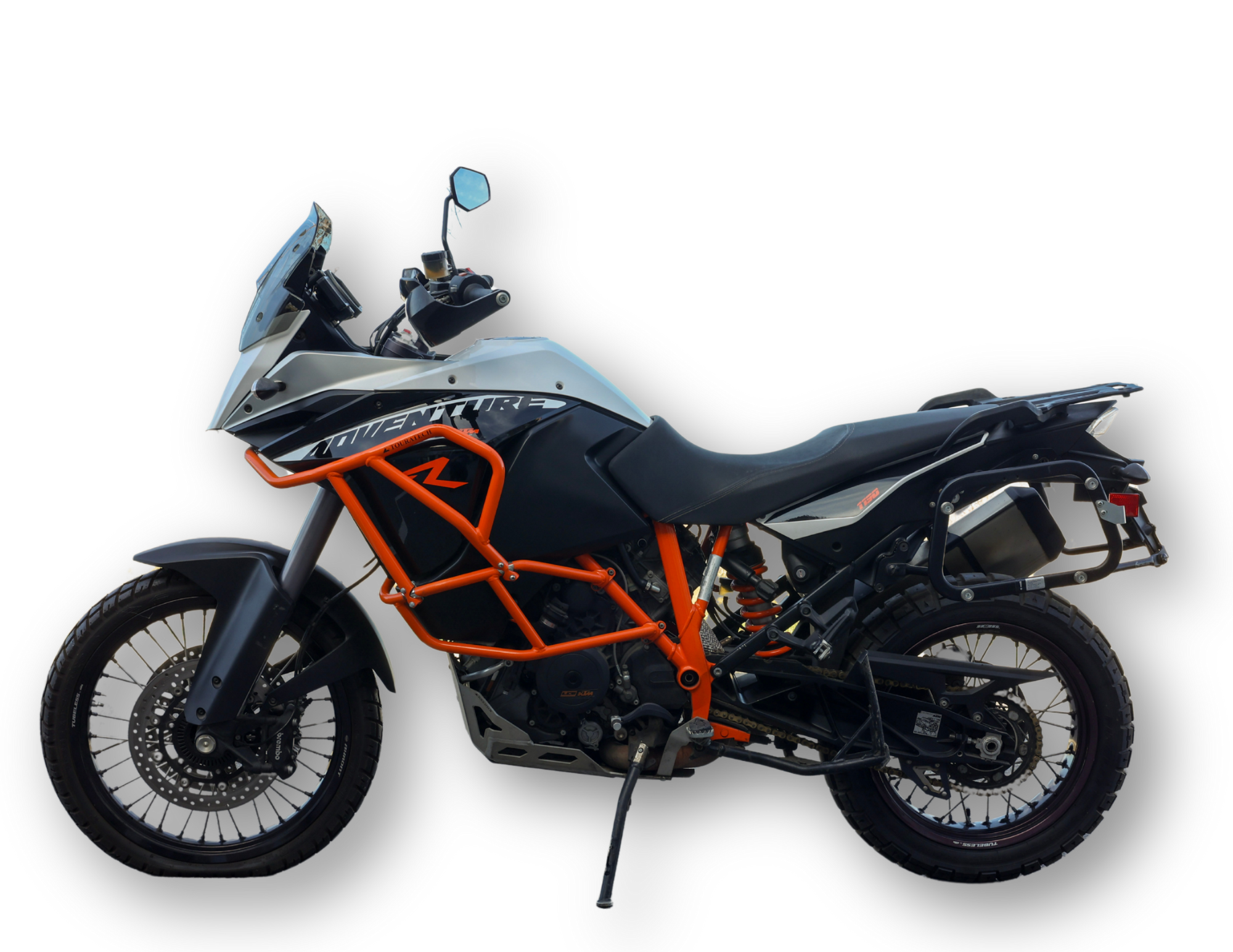
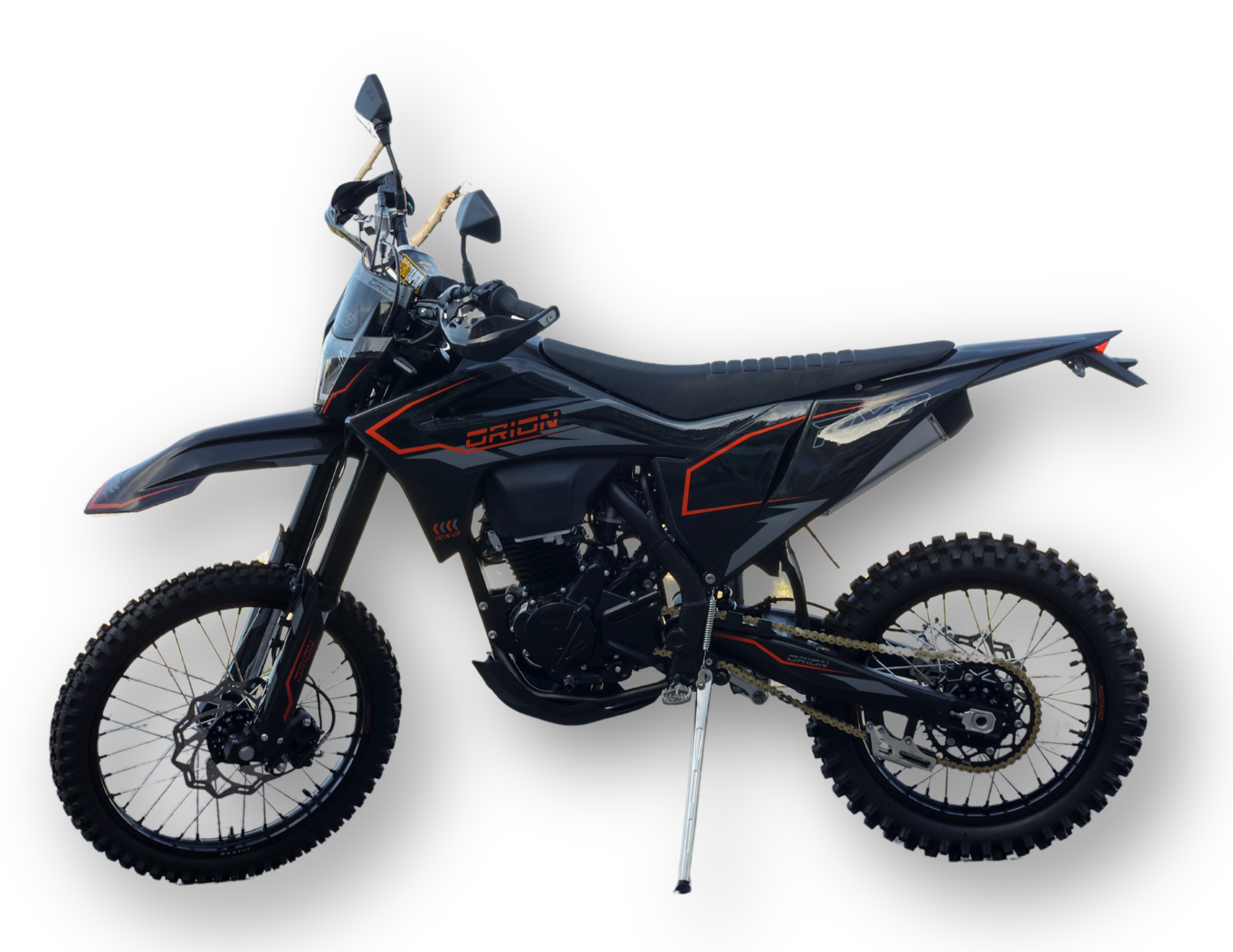
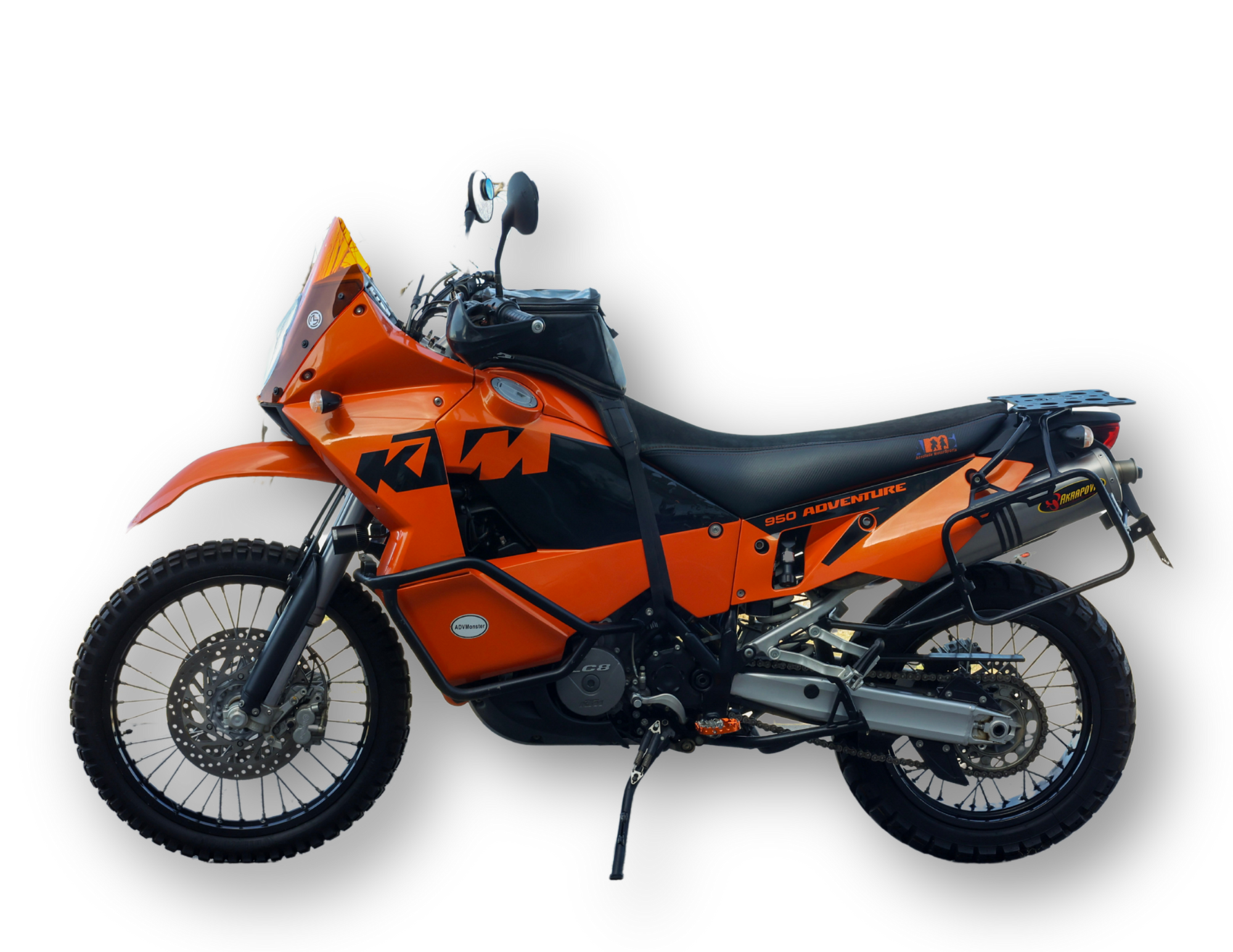
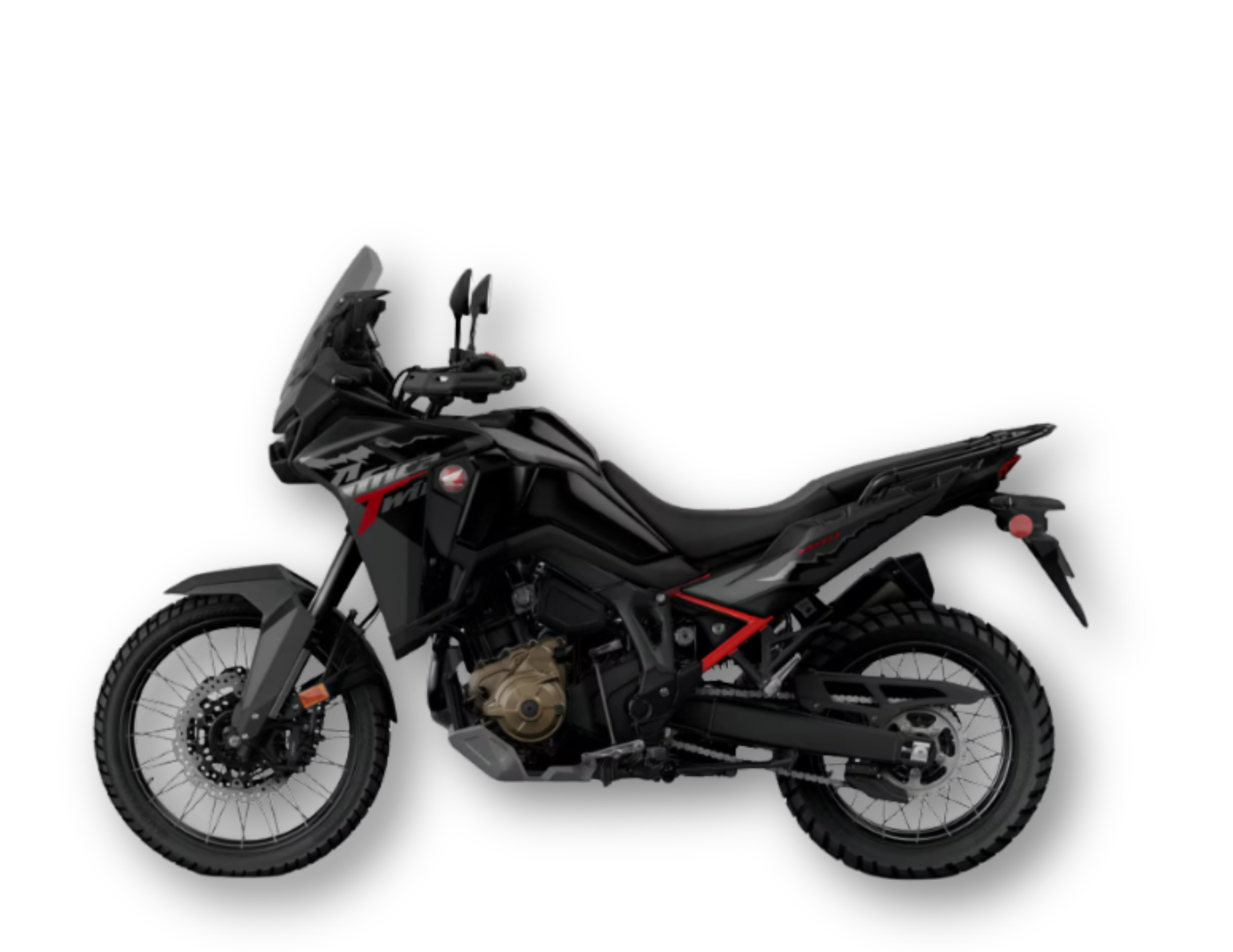
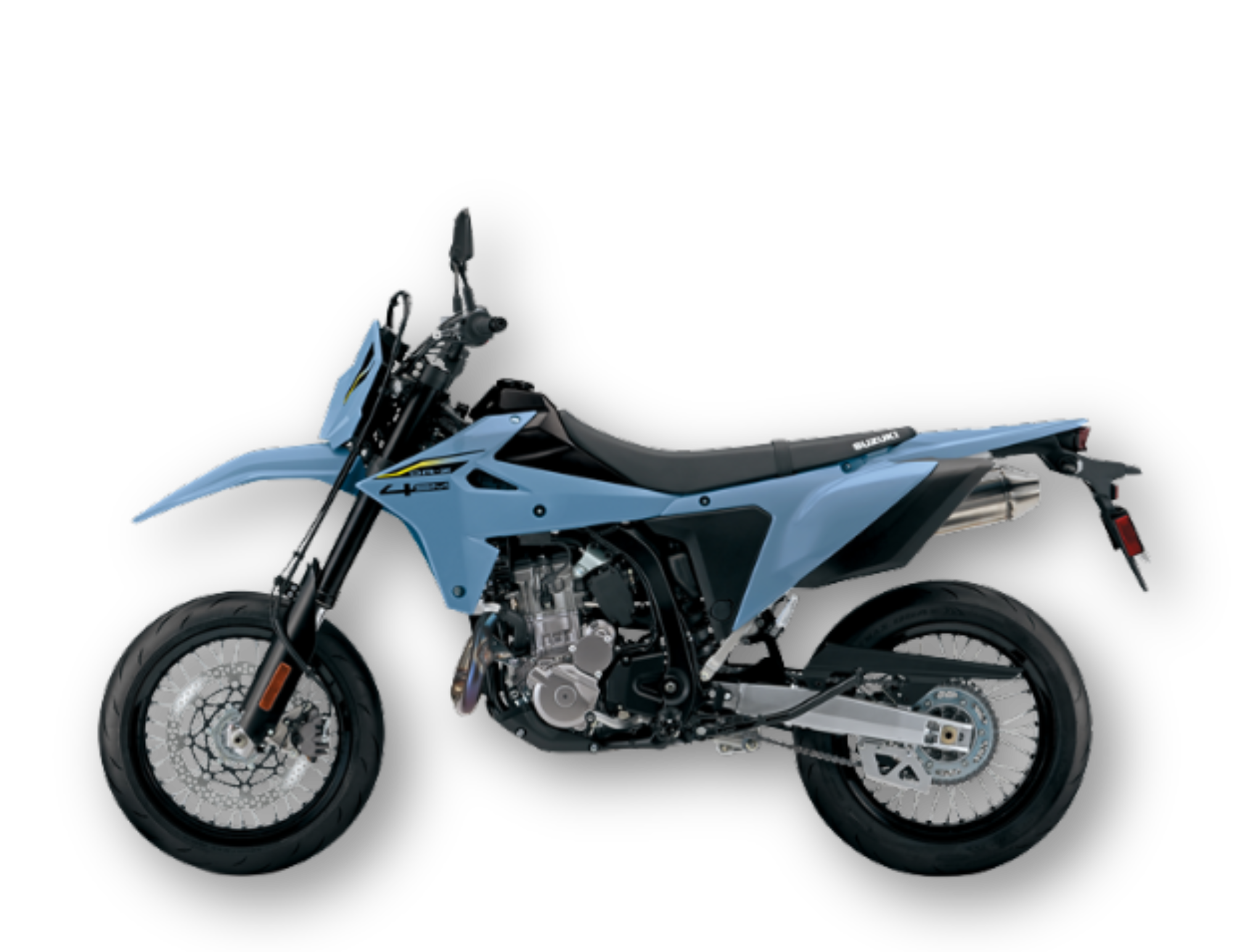
Off-road bikes can be an excellent choice for beginners as you can avoid the traffic congestion and constraints which can sometimes be overwhelming for new riders.
Super Moto Bikes:
Supermoto, or supermotard, motorcycles are versatile bikes that combine elements of motocross and road racing. They feature supermoto wheels (17-inch front and rear) and can handle a variety of riding surfaces, from pavement to dirt.
Adventure Tourers:
Adventure touring bikes are designed for both on-road and off-road adventures, featuring robust suspension and luggage options. (More street)
Adventure Bikes (ADV):
Adventure motorcycles are designed for long-distance touring and exploration, often crossing various terrains, from highways to rugged off-road trails. They typically have larger engines, advanced suspension, and extensive luggage options. Adventure motorcycles are versatile and can handle a wide range of terrain, making them suitable for off-road and on-road adventures. They typically include 650 cc or larger engine displacement, larger, padded seats, luggage system, windscreen, high ground clearance, but lower than a dual sport bike, long suspension travel, 80% street /20%dirt tires, higher gear ratio for highway speeds, heavy-duty brakes for high speed stops, larger gas tank (200+ mile capacity) (more off road style).
Dual-Sport Bikes:
Dual-sport motorcycles are street-legal bikes that can handle off-road adventures. They are equipped with features like turn signals, mirrors, and a more robust suspension to tackle both pavement and dirt trails. They typically include single cylinder engine, 250cc-650cc displacement; smaller gas tank (less than 100 miles); 21” front wheel, high handlebars for stand up riding, spoked wheels, 40% street /60% dirt tires, high ground clearance, geared for low speed on trails, motocross style seat, crash protectors.
Enduro Bikes:
Enduro motorcycles are versatile off-road bikes designed for long-distance trail riding and competition. They are motocross and/or dirt bike equipped with features such as headlights, taillights, and a quieter exhaust system, making them suitable for both on- and off-road use.
Off Road
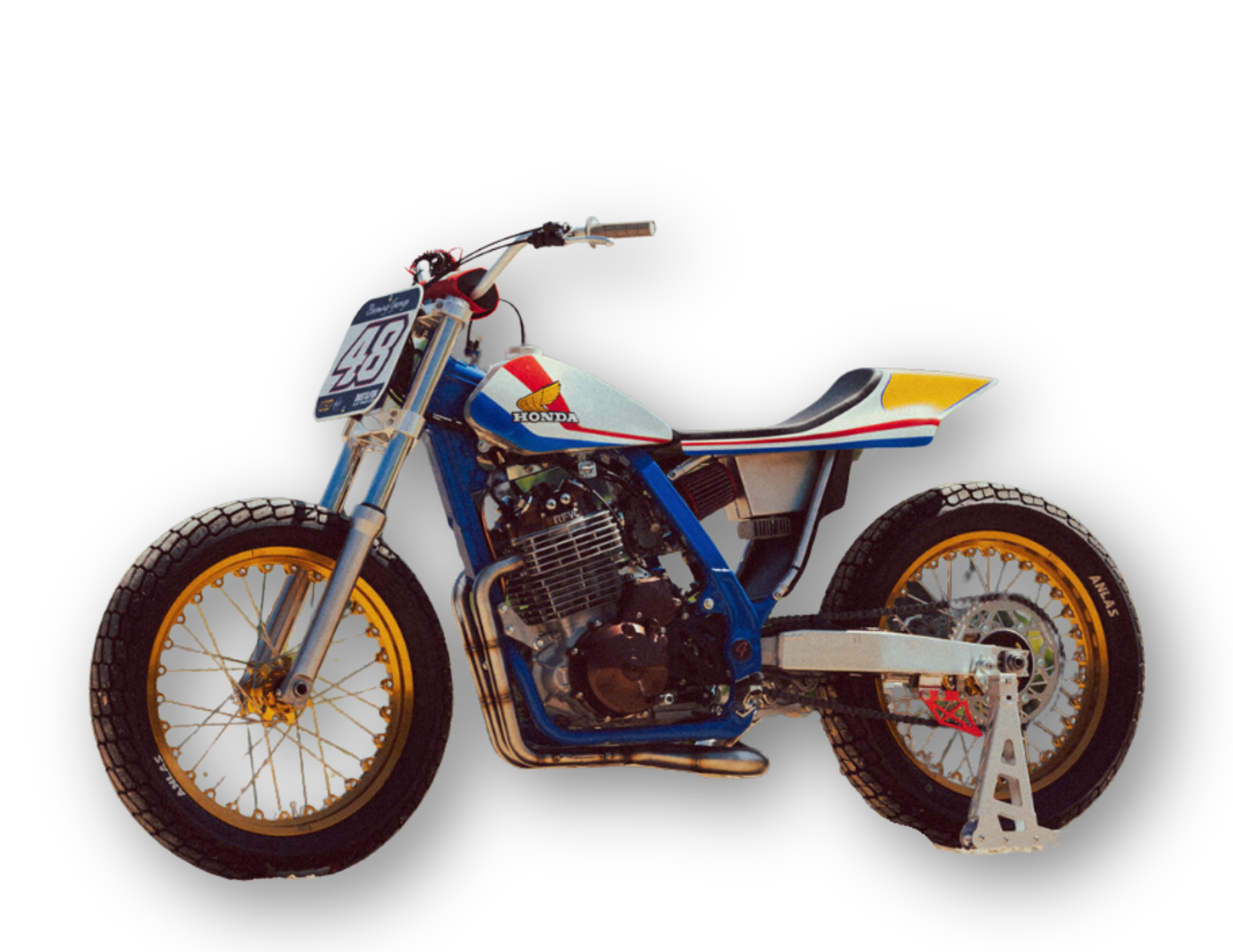
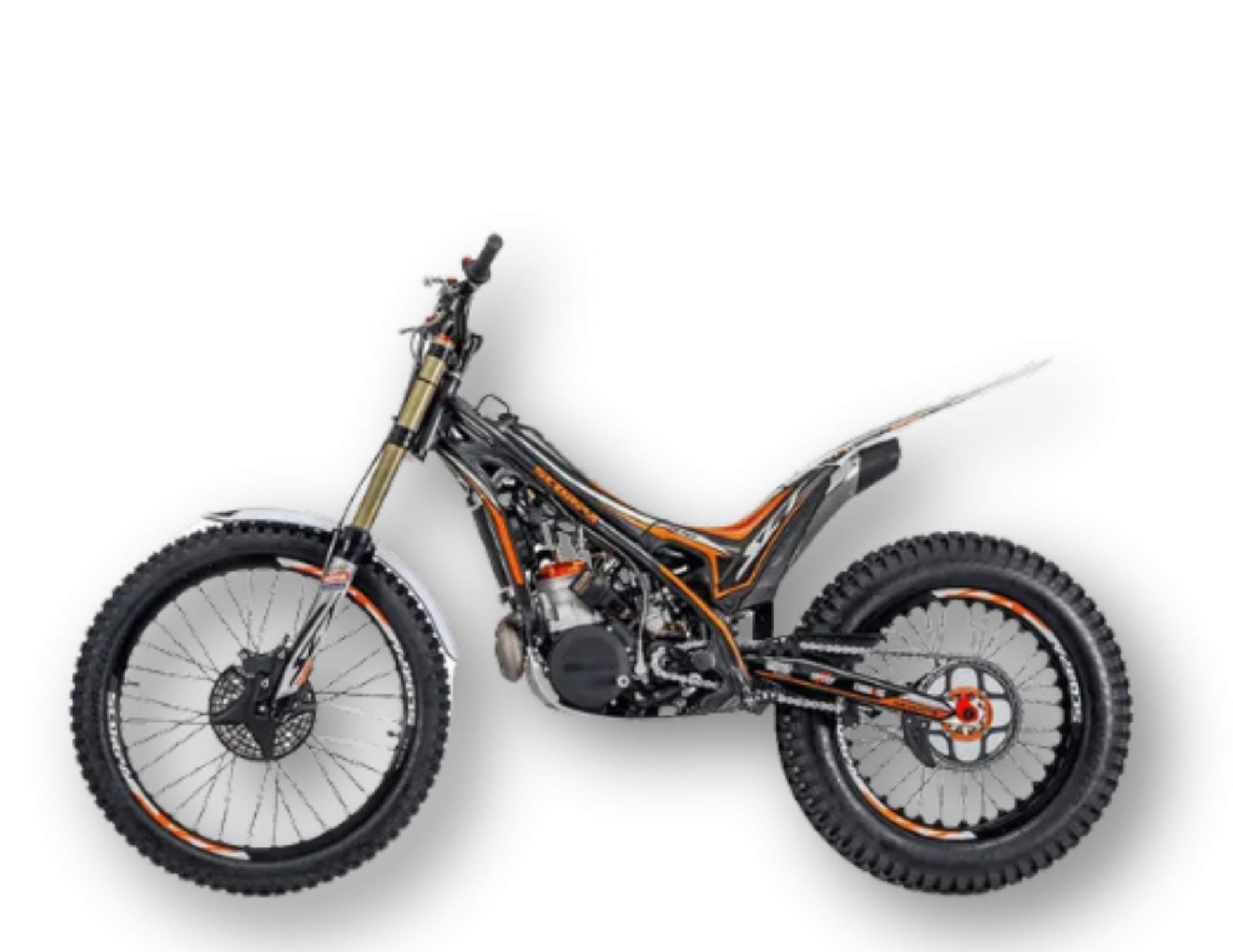
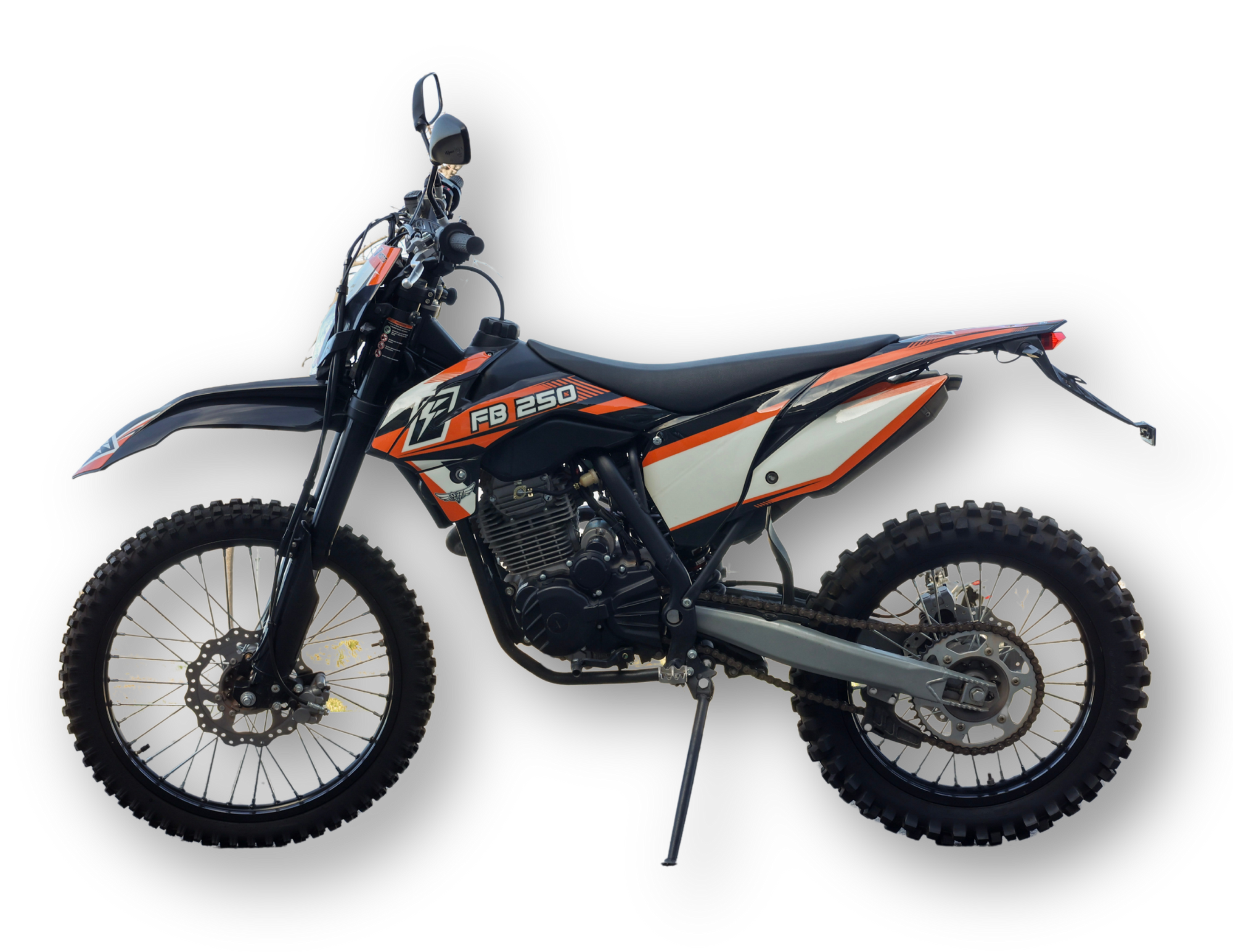
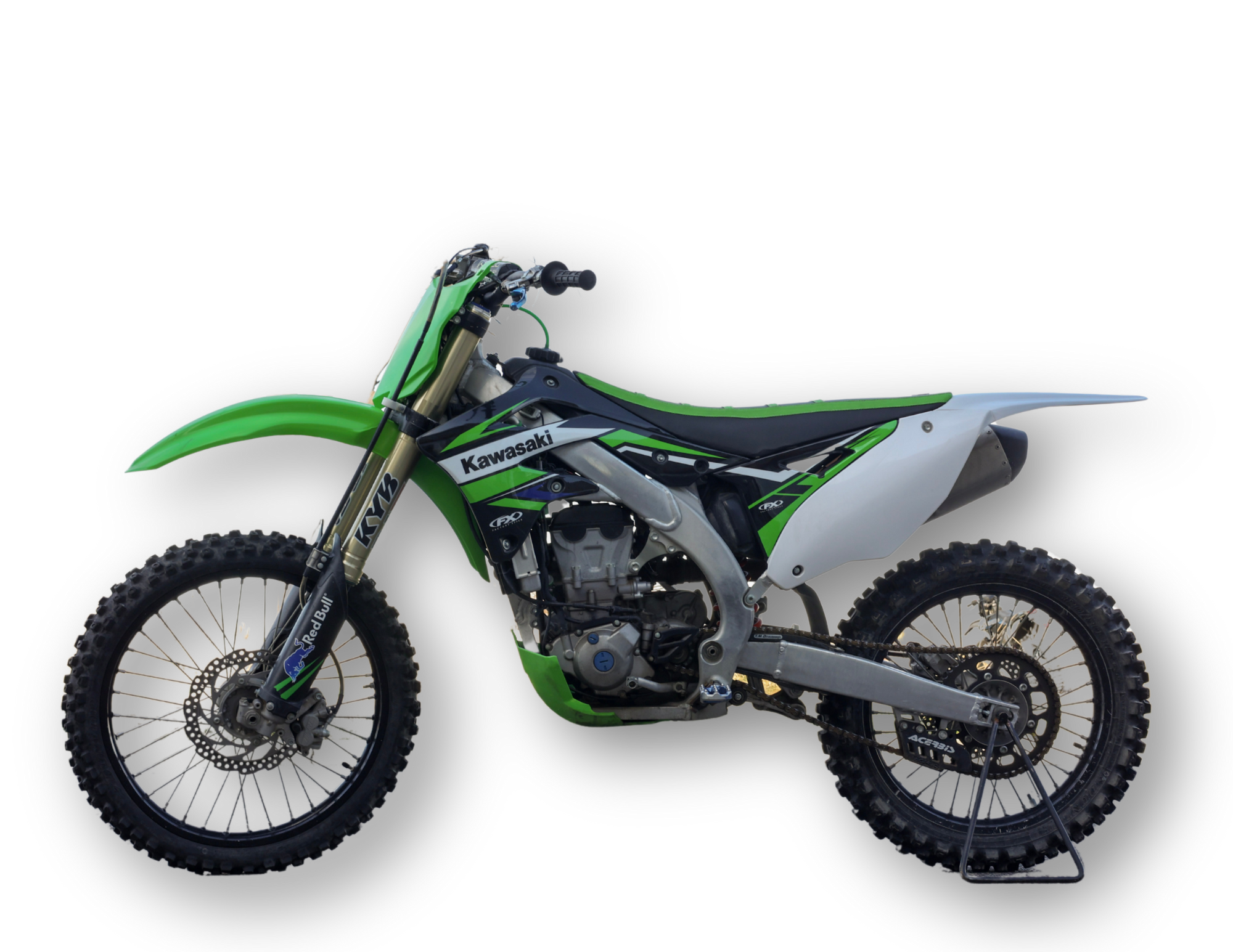
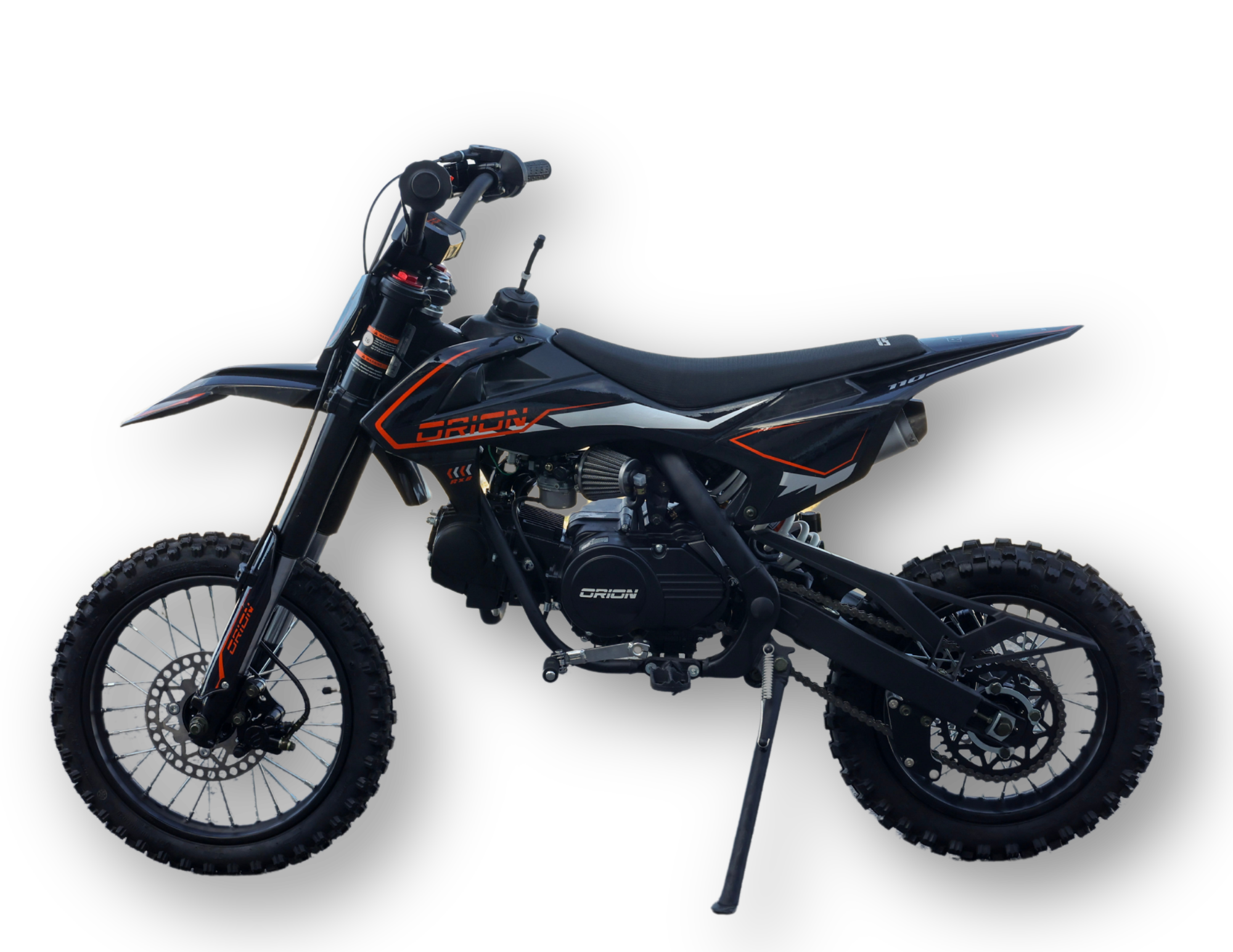
Dirt Bikes:
Dirt bikes is a broad category of lightweight, off-road motorcycles designed for motocross, trail riding, and rugged terrain. Sub-categories include motocross, enduro, and trail bikes. Dirt biking can be a family-friendly activity as riders are not limited to the necessary motorcycle license endorsement to ride on the road. Riding a dirt bike improves your riding skills, including balance, control, and maneuvering techniques. It offers an excellent platform to enhance your overall riding capabilities. It can also be an excellent way to improve your fitness as the various terrain engages multiple muscle groups and enhances endurance.
Motocross/Track Bikes:
Motocross motorcycles are purpose-built for competitive motocross racing on closed, dirt track circuits. They are known for their lightweight frame, powerful engines, short gear ratio and long-travel suspension systems to handle jumps, whoops, and tight corners. (i.e. 450cc 2 stroke)
Trail Bikes:
Trail bikes give a much smoother ride and added upgrades help you navigate the more technical difficulty of trails. They are usually more beginner-friendly off-road motorcycles designed for recreational riding on various types of terrain. They are known for their ease of use, comfortable ergonomics, wide gear ratio, and moderate power output. Trail bikes usually comes with a wide-ratio gearing transmission, an electric starter and different sized tires among other subtleties. (i.e. 250cc 4 stroke)
Trials Bicycles:
Trials bicycles are specialty motorcycles designed for agility and control rather than speed for trials riding, which involves balancing and maneuvering through more complex obstacles. Trials riding emphasizes precision and control. Riders use a combination of balance, throttle control, clutch, and body positioning to overcome obstacles.
Flat Track Bikes:
Similar to scramblers, flat track motorcycles are designed for flat track racing on oval dirt tracks. They have a distinctive, minimalist appearance, with no front brake and a rearward footrest position for sliding through corners.
Pit Bikes:
Pit bikes are usually small, compact off-road or street motorcycles designed for beginners, kids, or recreational riders. They come in various engine sizes with a wheelbase ranging from 40 to 48 inches or 50cc to 150cc and are often used for backyard riding and learning the basics of off-road riding.
Other Styles
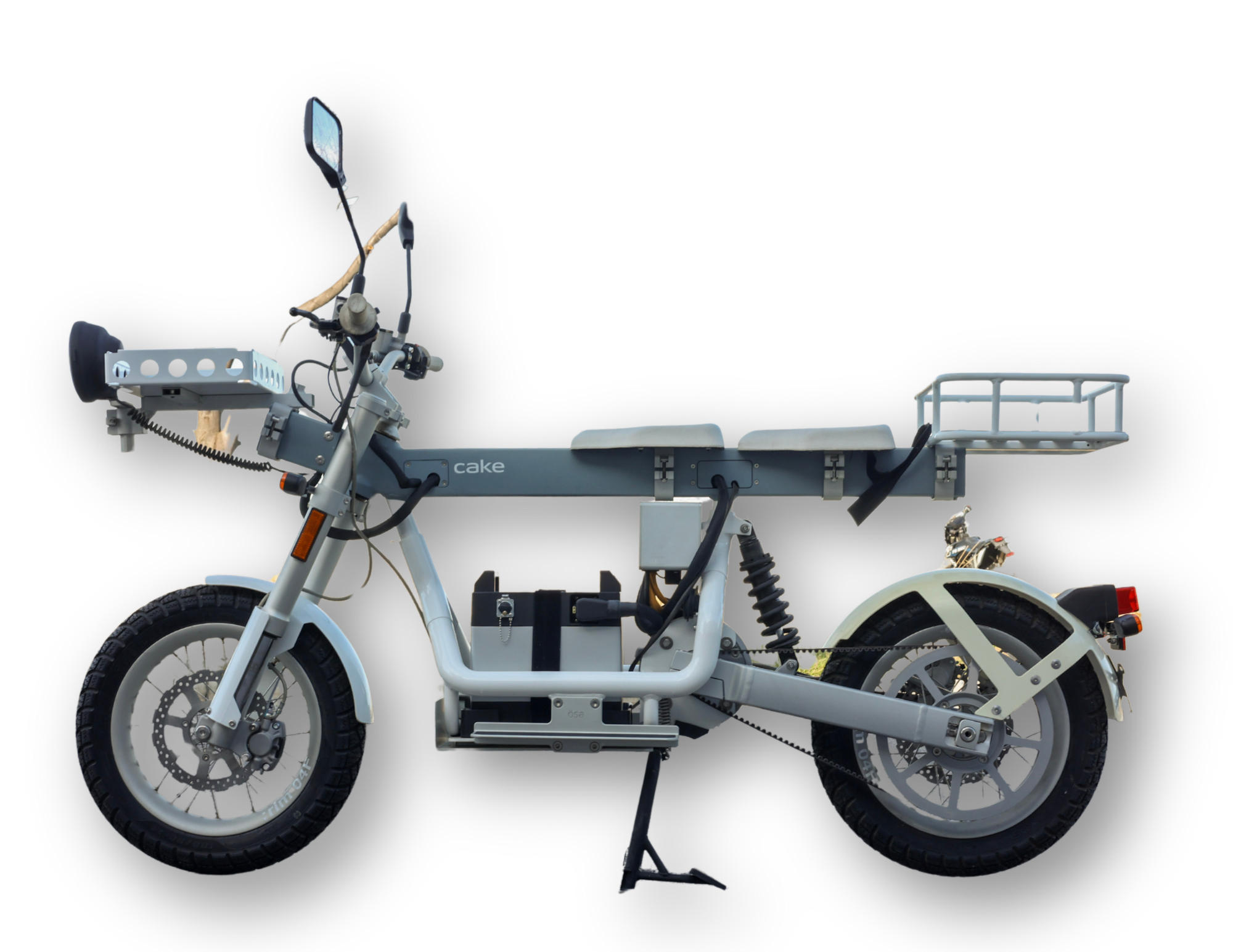
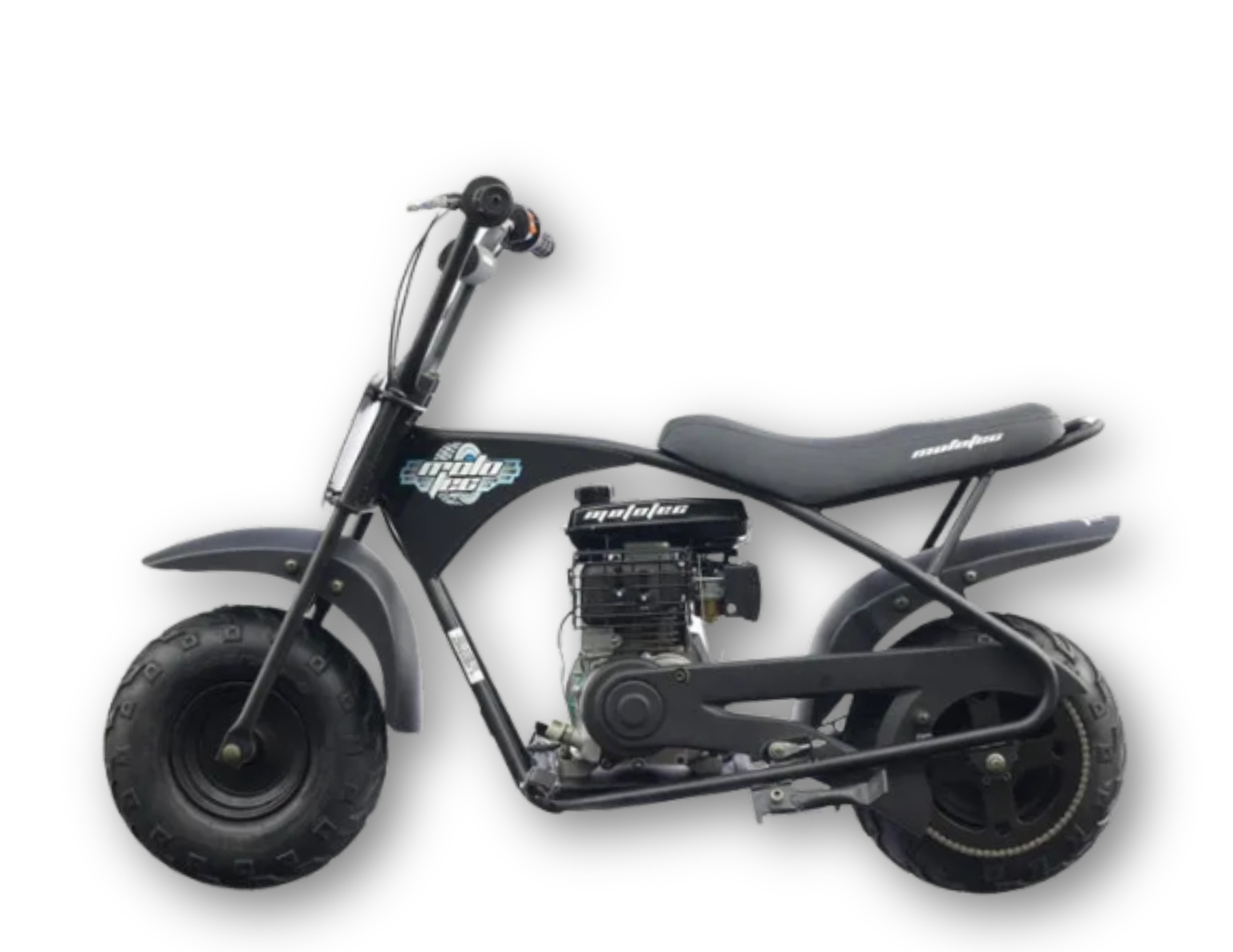
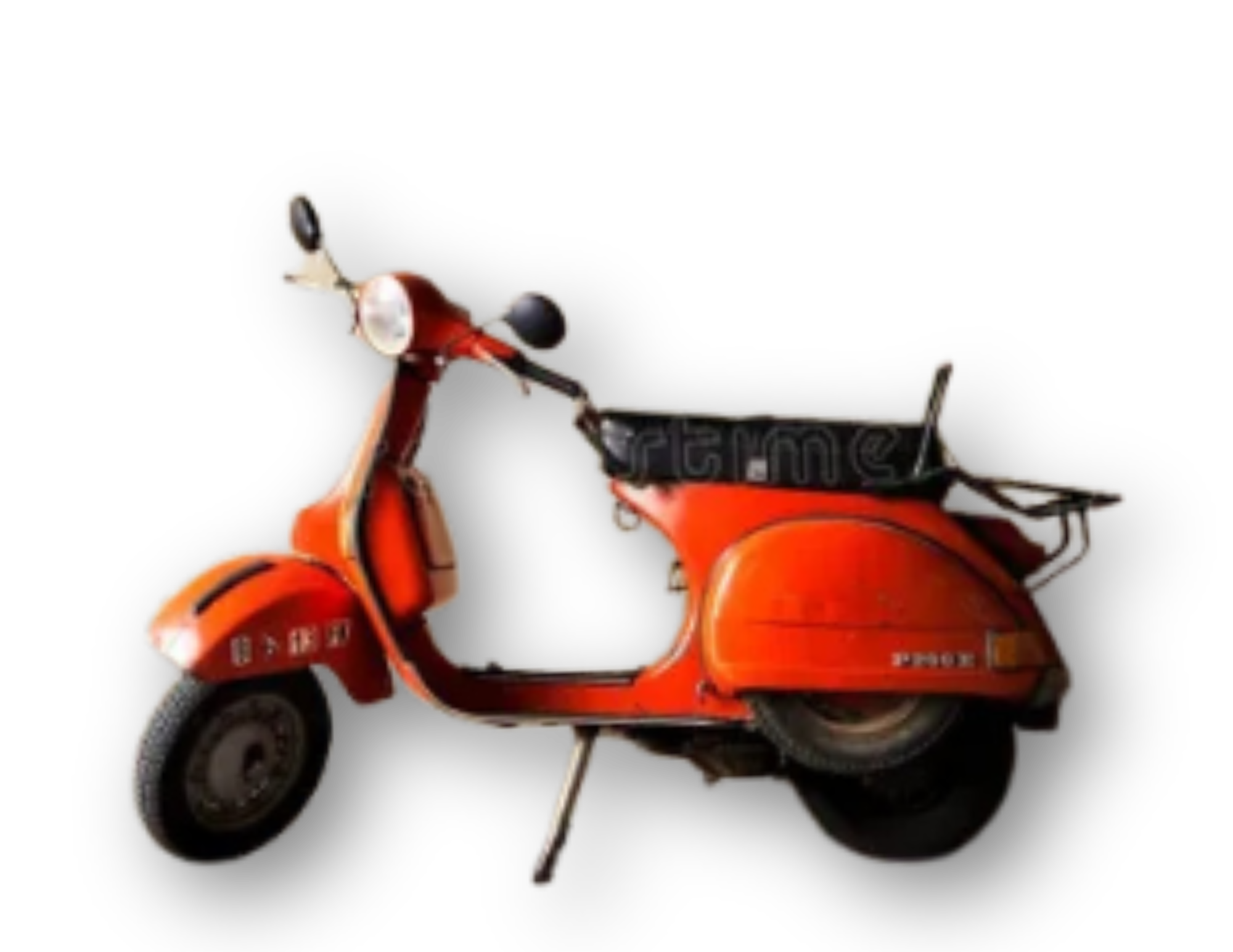
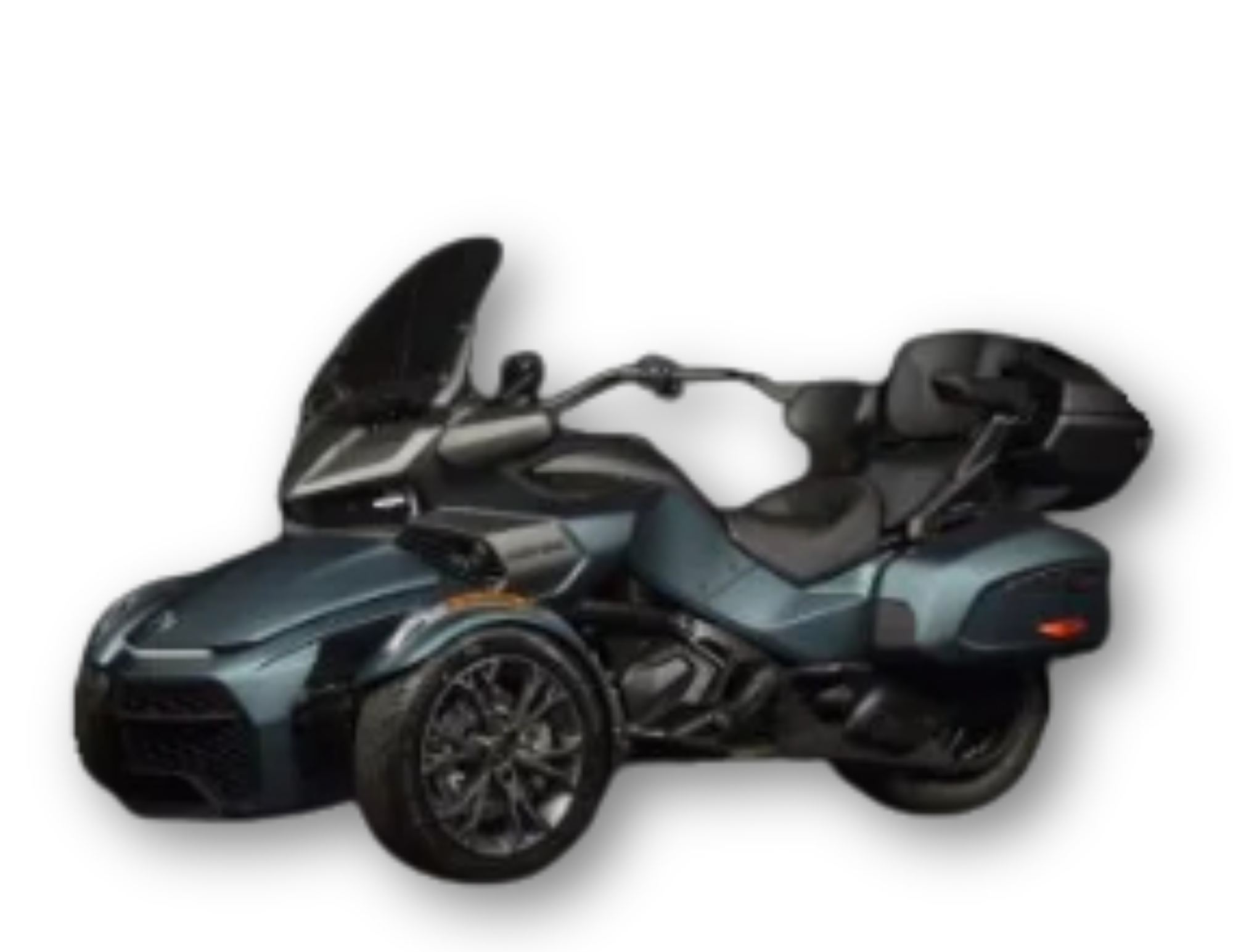
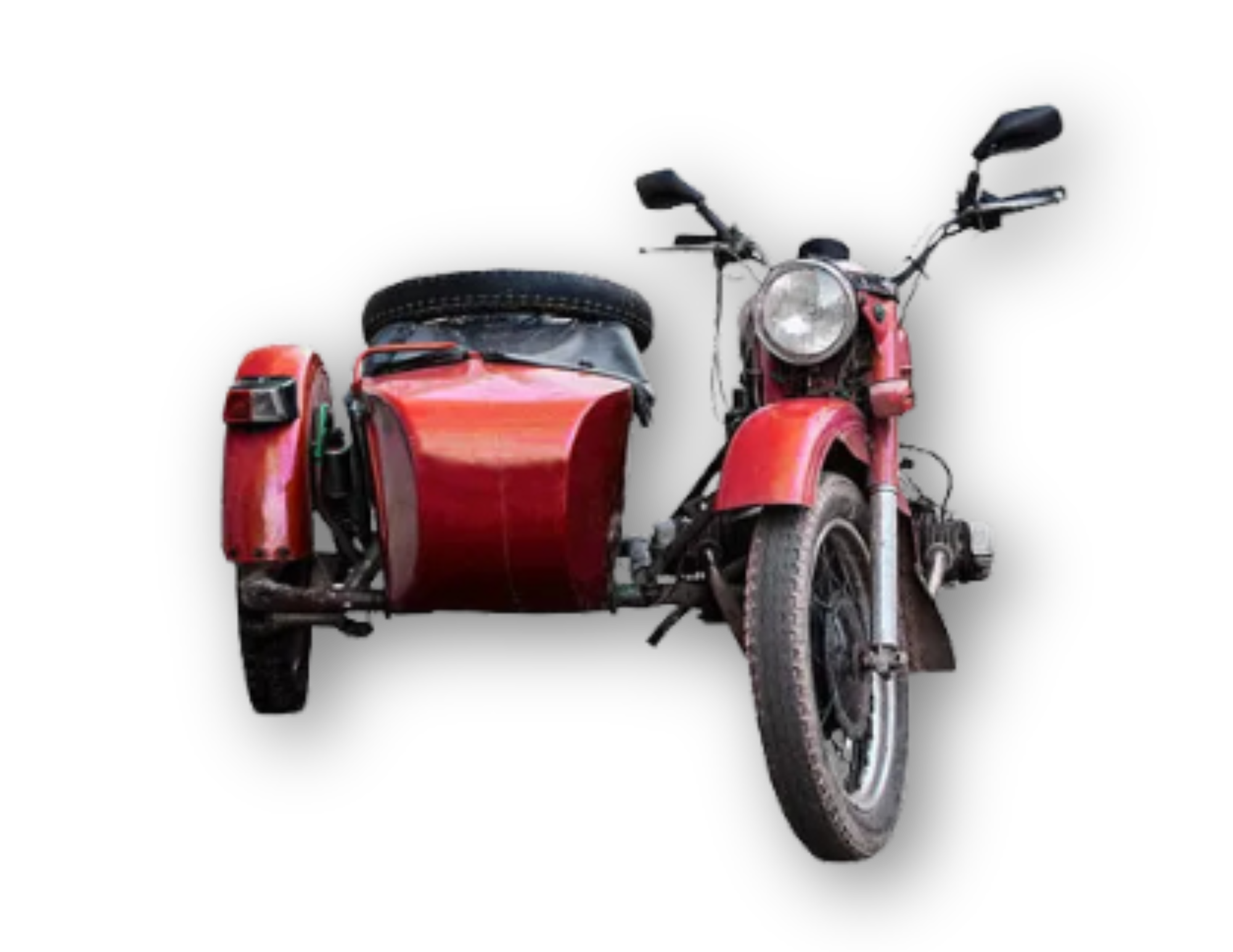
Electric Motorcycles:
Electric motorcycles come in various styles, from Dirt, sporty, to cruiser-like designs. Electric motorcycles operate silently, providing a quieter and more peaceful riding experience compared to traditional motorcycles. They require less maintenance since they have fewer moving parts, no need for oil changes, and generally have lower maintenance costs over the vehicle’s lifespan. Electric motors provide instant torque. The electric motorcycle industry is evolving rapidly, with advancements in battery technology, range improvements, and increased power outputs.
Mini Bikes:
Mini bikes are small, compact low speed road or off-road motorcycles designed for beginners, kids, or recreational riders. They come in various engine sizes and are often used for urban riding and learning the basics.
Scooters:
Scooters prioritize simplicity in riding—no need to learn a clutch or shift gears. They boast low maintenance and operating costs. Many scooters also include practical features like storage compartments, enhancing their usefulness for daily commutes and errands. Scooters typically have a step-through frame, making them easy to mount and dismount while also offering a more relaxed and upright riding position. Most scooters are lightweight, automatic transmission motorcycles ideal for urban commuting. Although scooters are useful for urban commuting, they have trouble keeping-up with highway traffic. Even “maxi-scooters” that are capable of long-distance highway travel are limited due to their smaller wheels. Scooters typically lack the protective features of motorcycles, such as fairings, which can leave riders more exposed in case of an accident. It is therefore a common misconception that scooters are safer to ride than motorcycles as they generally offer less protection and stability.
Trikes:
Trikes are three-wheeled motorcycles, offering stability and comfort, making them an option for riders who may have difficulty with traditional two-wheelers. Trikes can have manual or automatic transmissions, providing options for different rider preferences. Controls are similar to those of a motorcycle, including throttle, brakes, and handlebar-based steering.
Sidecars:
Last but not least, sidecars have a unique configuration of a motorcycle with an attached sidecar. The sidecar is a one- or two-wheeled compartment attached to the motorcycle’s side, providing additional seating, cargo space, or both. Riding a motorcycle with a sidecar requires a slightly different skill set compared to riding a solo motorcycle. The added weight and asymmetrical design affect the motorcycle’s handling, requiring adjustments in turning, balancing, and braking. Sidecar motorcycles have a distinct appeal in classic and vintage motorcycle communities due to their historical significance and unique design. They evoke a sense of nostalgia and are often showcased in classic motorcycle events and exhibitions.
Each type of motorcycle is tailored to specific riding preferences and terrain, so choosing the right one depends on your experience level, the type of riding you intend to do, and your personal preferences.

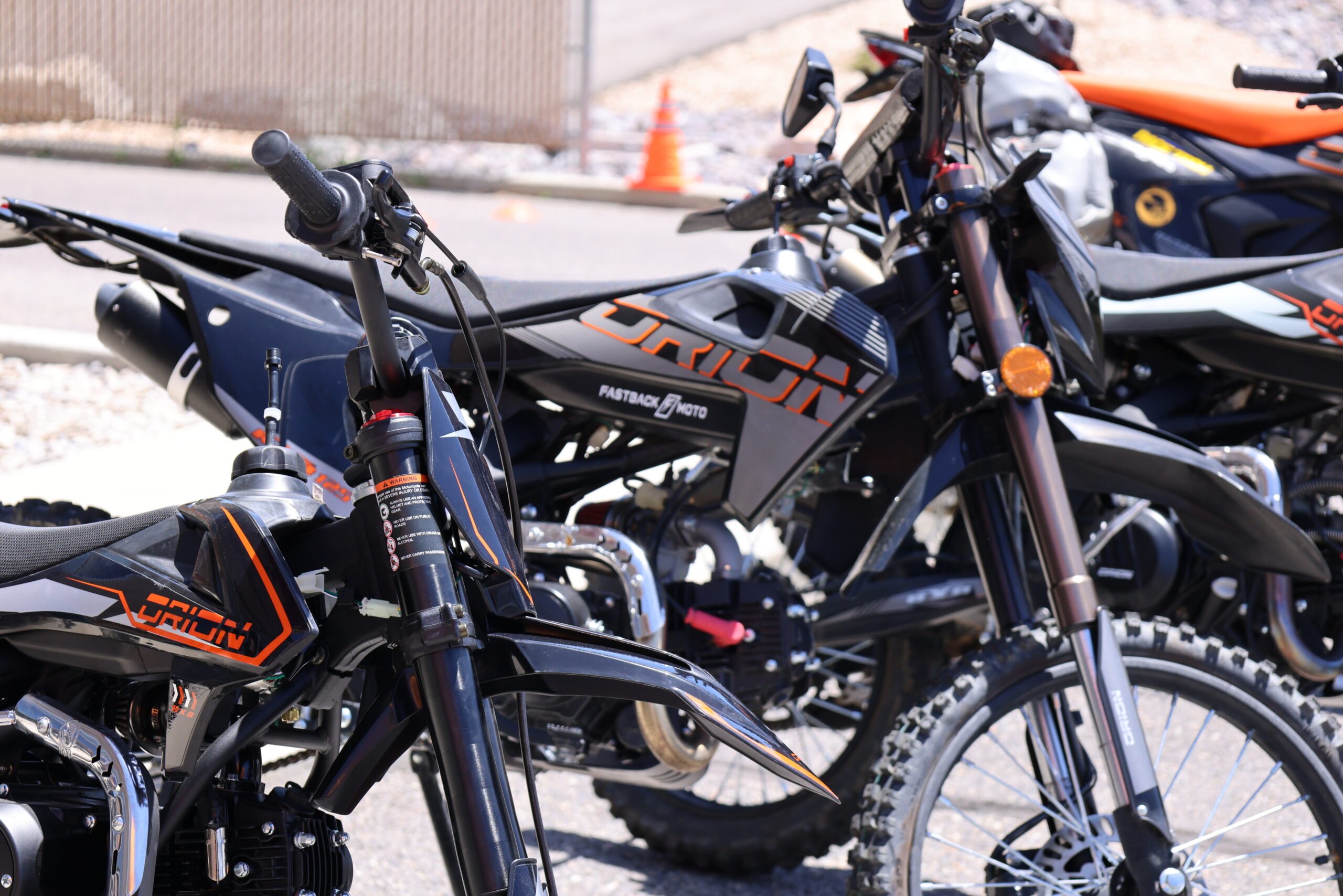
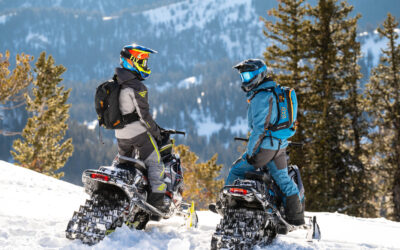
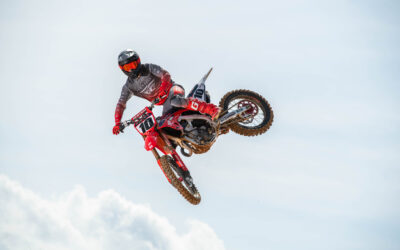
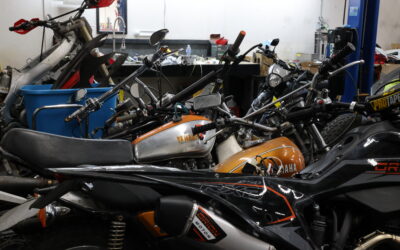
0 Comments